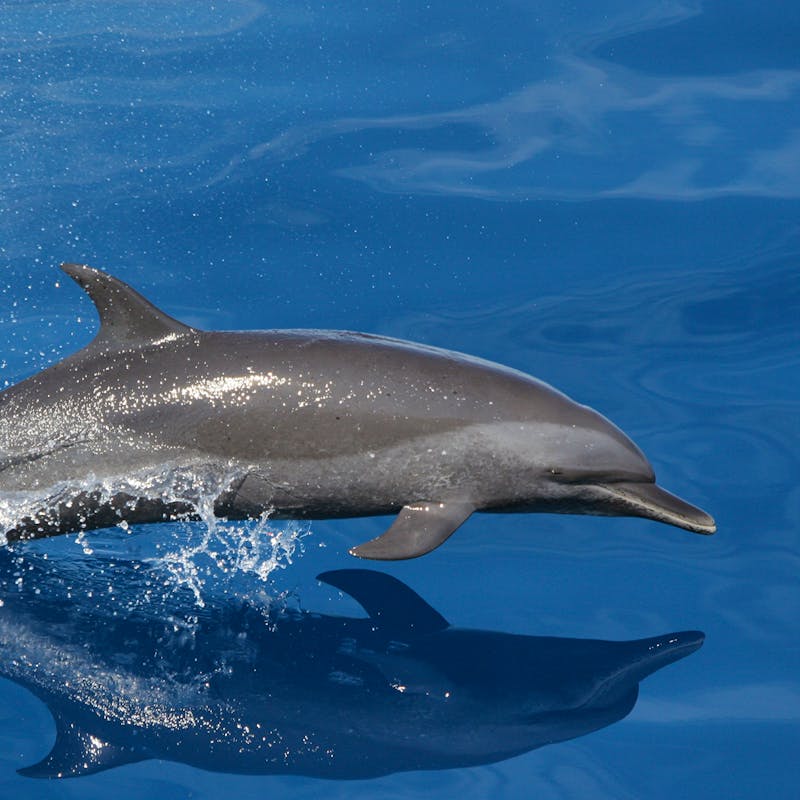Rare Wolverines Confirmed in New Areas in Wyoming!
With fewer than 300 individuals in the Lower 48, the wolverine is one of the most imperiled species in the U.S. Wolverines once thrived throughout the West’s high elevation mountain ranges but, by the early 1900s, they were trapped to local extinction throughout most of the states. Today, these 300 animals are hanging on in the Northern Rocky Mountains of Montana, Idaho, and Wyoming and in parts of the North Cascades Range in Washington. And this week, news surfaced that wildlife biologists confirmed wolverine sightings in areas in Wyoming they hadn’t recently been recorded, including the Gros Ventre, Wind River and Absaroka Mountain ranges! We’re thrilled to see wolverines in this part of their historic range, since there remain many areas such as the mountains of Colorado and California where wolverine populations still do not exist. These parts of Wyoming contain areas of high elevation and rugged terrain that remain cold and snow-covered for much of the spring and summer. This makes it great habitat for wolverines, which are so reliant on spring snow pack. As you may remember, last year Defenders took legal action against the U.S. Fish and Wildlife Service for the agency’s decision not to list the wolverine under the Endangered Species Act. This process is still ongoing, but in the meantime, we’re thrilled to see wolverines being spotted in great habitat in Wyoming!
Wolf Science – “When shooting a coyote kills a wolf”
A new paper published this week documents how wolf recovery is hampered by continued human-wolf conflict. The paper points to the illegal killing of wolves by coyote hunters as a primary reason for wolves’ high mortality rates in many areas of the country. We’ve seen several examples of coyote hunters illegally shooting wolves just this year. Take for example the wolf shot by a coyote hunter in Kremmling, Colorado in April, or the famed wolf “Echo” who traveled hundreds of miles from the Northern Rockies to the Grand Canyon only to be shot in February. This paper underscores our view that as wolves continue to recover and disperse to new areas, state wildlife agencies must increase efforts to educate hunters and local communities about the potential presence of wolves, their status as a protected species, and how to tell the difference between wolves and coyotes.
Rare Lynx Sighting Caught on Camera!

Canada lynx were reintroduced in Colorado about 20 years ago, and although there are a reported 200-300 in the state today, sightings of these elusive cats are rare and always special! So, we thought you’d like to see this photo of a Canada lynx captured by a remote wildlife camera in the San Juan Mountains in southwestern Colorado. Last year, Colorado Parks and Wildlife began an important study examining lynx and their habitat in the area, and they aim to continue this research. The Colorado lynx reintroduction and this valuable research effort offers important contributions to lynx conservation in the West.
Save These Sharks!
The smooth hammerhead and bigeye thresher sharks are experiencing alarming population declines. Due to bycatch in fisheries and the global shark fin and shark meat trade, both species have suffered disastrous decreases in population in recent years. Now the National Marine Fisheries Service is considering whether these animals should be listed under the Endangered Species Act. Take action in support of listing the bigeye thresher and the smooth hammerhead sharks under the Endangered Species Act!
Alarming Rates of Plastic in Sea Turtles
 A new study claims that more than half the world’s sea turtles have eaten plastic. This is a serious issue for sea turtles, which are either threatened or endangered in the U.S. Ingesting plastic can sicken or kill sea turtles, and the more trash we dump into our rivers, lakes, streams and seas, the harder it will be to ensure that these ancient creatures continue to swim for generations to come.
A new study claims that more than half the world’s sea turtles have eaten plastic. This is a serious issue for sea turtles, which are either threatened or endangered in the U.S. Ingesting plastic can sicken or kill sea turtles, and the more trash we dump into our rivers, lakes, streams and seas, the harder it will be to ensure that these ancient creatures continue to swim for generations to come.






Follow Defenders of Wildlife
facebook bluesky twitter instagram youtube tiktok threads linkedin